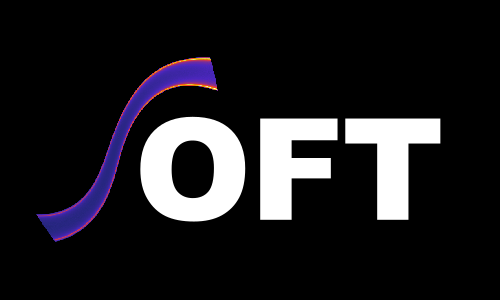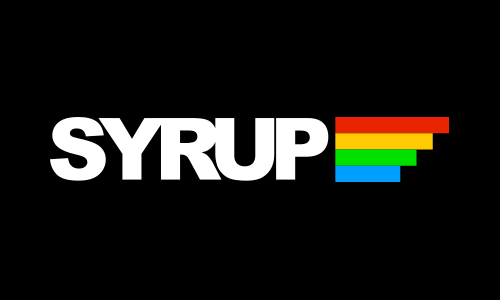

This is the homepage for the Chalmers Plasma Theory group's numerical tools for simulating runaway electrons. Our research has led to the development of a number of numerical tools that can be used to study runaway electrons, mainly in tokamak plasmas but some also in other plasmas where such particles are present. The tools have been used in several scientific studies which have been published in peer-reviewed journals such as Physical Review Letters, Nuclear Fusion and Physics of Plasmas, among many others.

disruption, fokker-planck, self-consistent, electric field diffusion

synchrotron, bremsstrahlung, image, spectrum, polarization
startup, burn-through, self-consistent, electric field diffusion, runaway electrons

Note: This code has been superseded by DREAM.
radial, electric field, diffusion, magnetic field perturbations

Note: This code has been superseded by DREAM.
linear fokker-planck, avalanche, synchrotron, bremsstrahlung, partial screening, matlab

linear fokker-planck, runaway ions, matlab

Note: This code has been superseded by DREAM.
non-linear fokker-planck, synchrotron, self-consistent electric field, matlab

Note: This code has been superseded by SOFT.
synchrotron spectrum, CODE distribution function, matlab
In addition to the complete codes presented above, we have also written a number of scripts which runaway electron physicists may find useful. The scripts are provided under open source licenses, free-of-charge, for your convenience.
| Name | Language | Description |
|---|---|---|
| Eceff | MATLAB | A script to calculate the effective critical electric field for runaway generation in the presence of partially ionized impurities. |
The tools on this page are developed by the Plasma Theory group at Chalmers University of Technology, Sweden, together with a number of collaborators at other institutes and universities.
Development team| Name | Institution | |
|---|---|---|
| Prof. Tünde Fülöp | tunde | Chalmers |
| Dr. Mathias Hoppe | mhop | KTH |
| Dr. István Pusztai | pusztai | Chalmers |
| Oskar Vallhagen | vallhagen | Chalmers |
| Ida Ekmark | ekmark | Chalmers |
Below you will find a list of references to scientific publications involving the tools presented on this page. The references that are underlined are considered to be key references that should be cited by any publication using the tool in question.
Have you published results with any of our tools and would like the publication to appear below? We'd love to include it, so please contact us!